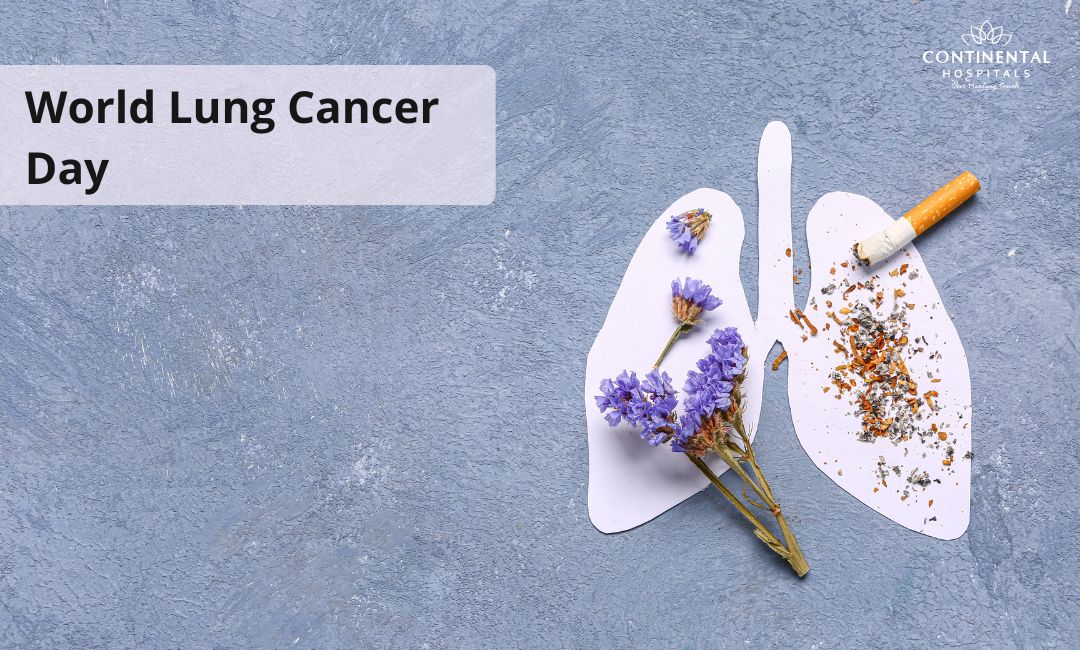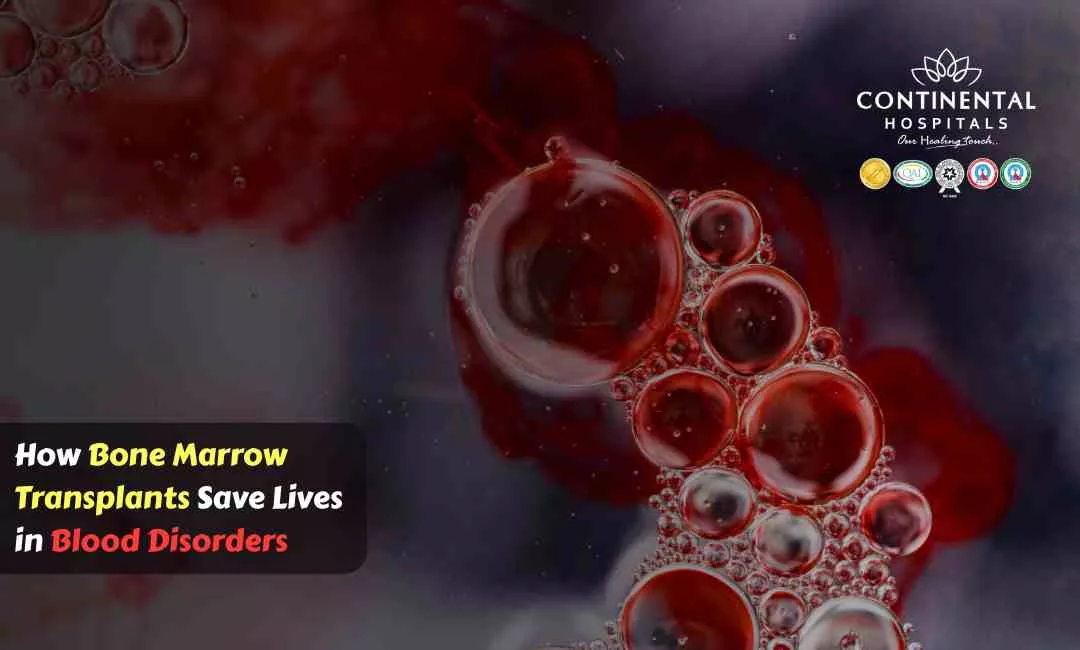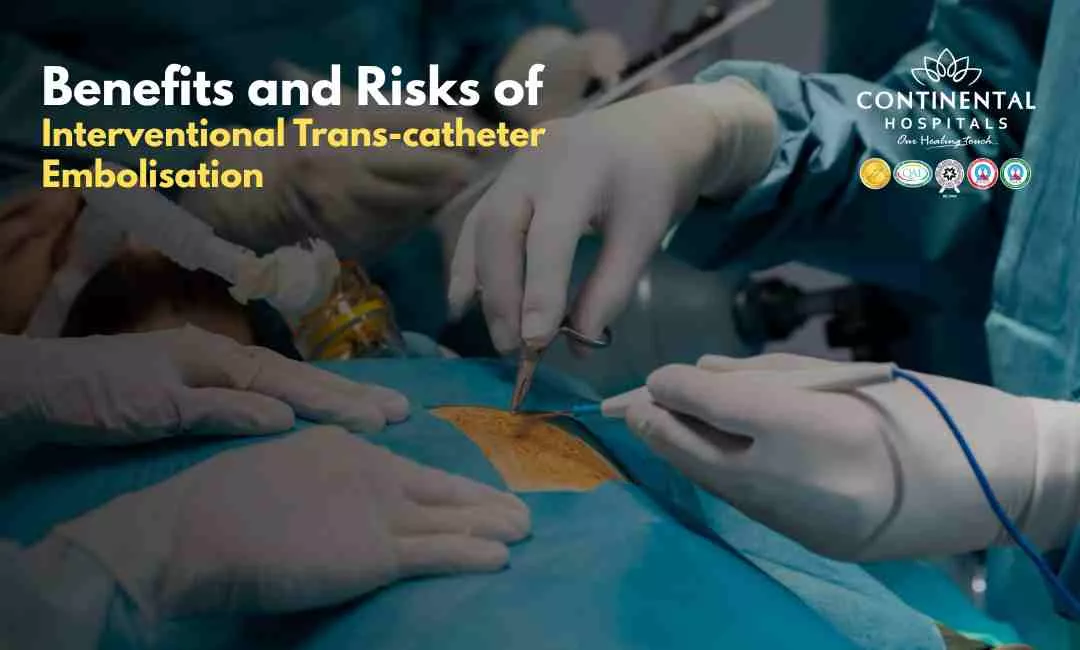World Lung Cancer Day, observed annually on August 1st, serves as a crucial platform to highlight the importance of lung cancer awareness, research, and prevention. Lung cancer remains one of the most prevalent and deadly forms of cancer globally, with significant impacts on individuals and communities.
Lung Cancer Crisis
Lung cancer, characterized by the uncontrolled growth of abnormal cells in the lungs, is a complex and multifaceted disease. It primarily afflicts smokers but can also affect non-smokers due to exposure to secondhand smoke, occupational hazards, and environmental pollutants. The disease often progresses silently, making early detection challenging and leading to a poor prognosis.
According to the WHO, lung cancer is the leading cause of cancer-related deaths worldwide, accounting for millions of fatalities each year. The burden of this disease is disproportionately high in developing countries, where access to early detection and treatment is limited.
Understanding Lung Cancer
Lung cancer originates in the lungs and can spread to other parts of the body. It primarily falls into two main types:
🥗 Healthy Plate Challenge
🍽 Add Your Favorite Dish
Pick Your 6 favorite foods, eat, and see the results.Drag & drop foods onto your plate.
Drop Food Here
Non-Small Cell Lung Cancer (NSCLC): The most common type, accounting for about 85% of all cases. NSCLC includes subtypes such as adenocarcinoma, squamous cell carcinoma, and large cell carcinoma.
Small Cell Lung Cancer (SCLC): This type is less common but more aggressive, often spreading rapidly to other parts of the body.
Lung cancer is often asymptomatic in its early stages, which makes early detection challenging. Symptoms may include persistent cough, chest pain, shortness of breath, and unexplained weight loss.
The Impact of Lung Cancer
Lung cancer's impact is profound, affecting millions of people worldwide. According to the World Health Organization (WHO), lung cancer is the leading cause of cancer-related deaths, with over 2 million new cases and 1.8 million deaths annually. The high mortality rate is largely attributed to late-stage diagnoses when the cancer has often metastasized.
Risk Factors and Prevention
Understanding risk factors is crucial for effective prevention and early detection. Major risk factors for lung cancer include:
Smoking: The leading cause of lung cancer, responsible for approximately 85% of cases. Cigarette smoke contains carcinogens that damage lung cells and lead to cancer.
Secondhand Smoke: Exposure to secondhand smoke also increases lung cancer risk.
Radon Exposure: Radon, a naturally occurring radioactive gas, can accumulate in homes and increase lung cancer risk.
Asbestos Exposure: Inhalation of asbestos fibers, often in occupational settings, is linked to lung cancer.
Family History: Genetic predisposition can play a role, with a higher risk for individuals with a family history of lung cancer.
Prevention strategies include quitting smoking, reducing exposure to known carcinogens, and regular screening for high-risk individuals. Efforts to reduce smoking rates and mitigate environmental exposures are essential in combating the disease.
Advances in Lung Cancer Research
Recent years have seen significant advancements in lung cancer research and treatment. Key areas of progress include:
Targeted Therapy: These treatments target specific mutations in cancer cells, offering more personalized and effective options. Drugs like tyrosine kinase inhibitors and monoclonal antibodies have shown promising results.
Immunotherapy: This approach harnesses the body’s immune system to fight cancer. Checkpoint inhibitors, which help the immune system recognize and attack cancer cells, have shown significant benefits in treating advanced lung cancer.
Liquid Biopsies: A non-invasive method to detect cancer-related genetic mutations and monitor disease progression through blood tests.
Early Detection Technologies: Innovations in imaging and molecular diagnostics are improving early detection rates. Low-dose computed tomography (CT) scans have been shown to reduce lung cancer mortality in high-risk populations.
Importance of Early Detection
Early detection of lung cancer is vital for improving survival rates. When diagnosed at an early stage, lung cancer is more likely to be treated successfully. Screening programs, particularly for high-risk individuals such as long-term smokers, can significantly enhance early detection.
Programs like the National Lung Screening Trial (NLST) in the United States have demonstrated that annual low-dose CT scans can reduce lung cancer mortality by 20% in high-risk populations compared to standard chest X-rays.
World Lung Cancer Day 2024: Objectives and Initiatives
World Lung Cancer Day 2024 focuses on several key objectives:
Raising Awareness: Increasing public knowledge about lung cancer symptoms, risk factors, and the importance of early detection. Awareness campaigns aim to educate people on how to reduce their risk and the benefits of regular screening.
Advocacy: Supporting policies and initiatives that promote lung cancer research and access to affordable treatment. Advocacy efforts also aim to improve regulations on tobacco control and environmental pollutants.
Supporting Research: Encouraging investment in lung cancer research to develop new treatments and improve outcomes. Funding for research initiatives and clinical trials is crucial for advancing knowledge and therapeutic options.
Patient Support: Providing resources and support for patients and their families. Access to counseling, support groups, and educational materials can help individuals navigate their diagnosis and treatment.
World Lung Cancer Day serves as a reminder of the devastating impact of this disease and the urgent need for collective action. By raising awareness, promoting prevention, encouraging early detection, and supporting research, we can make significant strides in reducing the global burden of lung cancer.
.webp)














